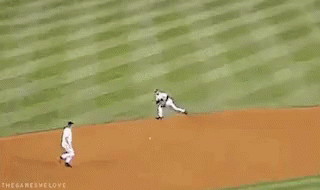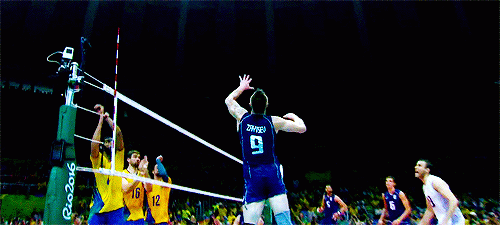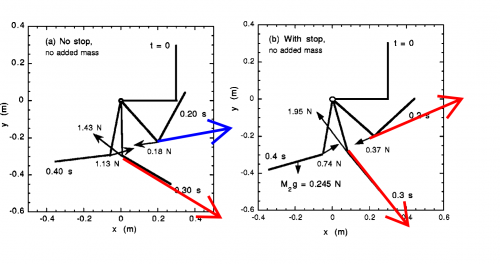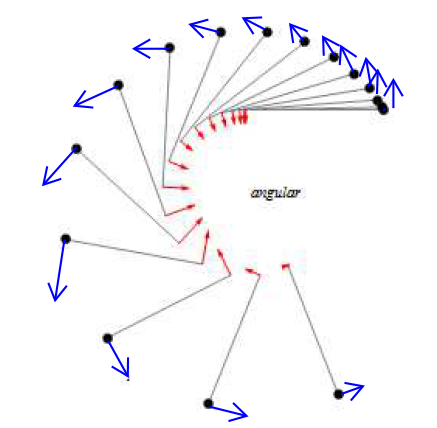- Apr 11, 2015
- 877
- 63
Yes, agreed, and as I previously stated...she's using her hips/legs to run to gain momentum into the ball, but as I see is absent from mention in your reply as it's also absent in her swing...there isn't any "leverage" that HL hitters get from using their lower half of the body (hips/legs) to leverage their upper half of the body (torso) against at contact during the swing.Looks to me like she gets her hips turned and then her shoulders catch up as the swing. She stretches her obliques when her hips turn open against closed shoulders, and then contracts them to realign hips and shoulders. Every time she makes contact with the ground, she's using her legs for momentum to maintain the turn of the hips.
Without the hips/legs to leverage the actual swinging of the bat against, the swing itself then becomes all upper body driven (with the exception of the momentum being created by the running legs), where the obliques actually reside is all.






